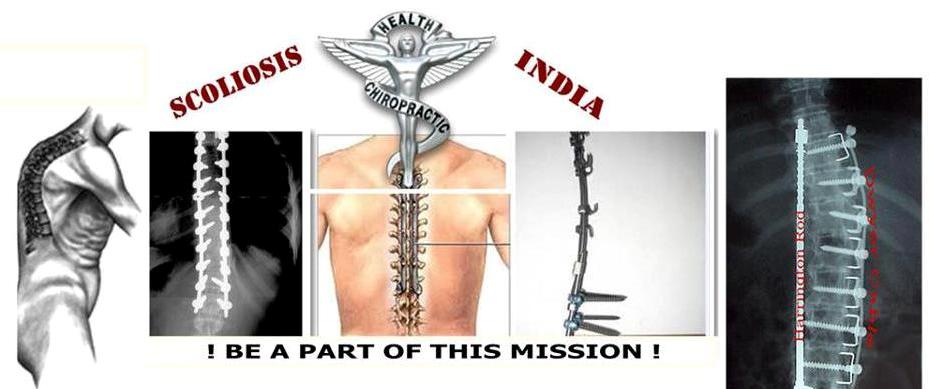Background: Scoping reviews are innovative studies that can map a range of evidence to convey the breadth and depth of a large field. An evidence-based approach to the wide spectrum of surgical interventions for scoliosis is paramount to enhance clinical outcomes. The objectives of this scoping review were to identify critical knowledge gaps and direct future research.
Methods: This study was completed according to the methodology of Arksey and O?Malley. Two reviewers performed duplicate systematic screening of eligibility. Studies were classified according to patient age, scoliosis etiology, outcomes reported, study design, and overall research theme.ResultsThere were 1763 eligible studies published between 1966 and 2013. The literature focused on adolescents (83% of studies) with idiopathic scoliosis (72%). There was a dominance of observational designs (88%), and a paucity of randomized trials (4%) or systematic reviews (1%). Fifty six percent of studies were conducted in North America, followed by 23% in Europe and 18% in Asia. Few high-level studies investigated surgical indications, surgical approaches, surgical techniques, or implant selection. Patient important outcomes including function, health-related quality of life, pain, and rates or re-operation were infrequently reported.
ConclusionsCurrent research priorities are to (1) undertake high-quality knowledge synthesis and knowledge translation activities; (2) conduct a series of planning meetings to engage clinicians, patients, and methodologists; and (3) clarify outcome reporting and strategies for methodological improvement. Higher-quality studies are specifically needed to inform surgical indications, surgical approaches, surgical techniques, and implant selection. Engaging global partners may increase generalizability.
Full article can be downloaded from here: http://www.scoliosisjournal.com/content/pdf/s13013-014-0026-3.pdf
Source: Scoliosis Journal, 9th Jan 2015

No comments:
Post a Comment